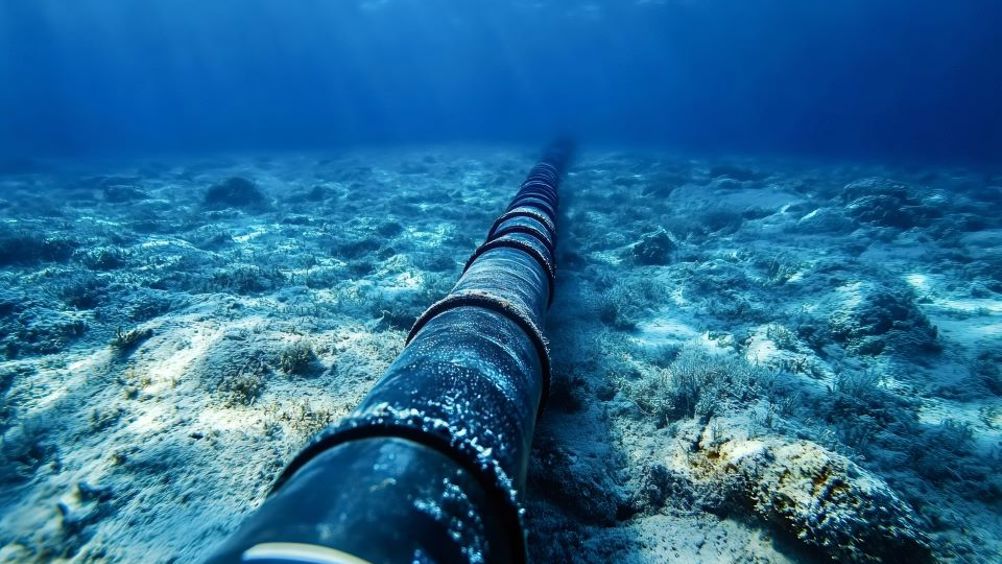Seafloor cables detect Pacific Ocean earthquakes
Earthquakes have been detected in the Pacific Ocean using cable-based ocean monitoring techniques employed by scientists from the National Physical Laboratory (NPL) and New Zealand’s Measurement Standards Laboratory (MSL).

The team is performing ultra-sensitive optical measurements, converting a branch of the Southern Cross Next seafloor cable, which connects New Zealand to Australia, into an array of sensors for earthquakes and ocean currents. The technique uses the optical fibre inside the cable as the sensing element and gathers environmental data from the seabed, where no other permanent sensors exist.
In a statement, Giuseppe Marra, principal scientist, NPL said: “We are very excited to have started detecting earthquakes and ocean currents in the Tasman Sea. This is the very first test of this technology in the Pacific Ocean and the waters surrounding New Zealand are the ’perfect laboratory’ to demonstrate the full potential of these…techniques for Earth sciences and coastal population protection.”
The Pacific Ocean is a highly seismically active area and since the start of the measurements in October 2024, the team has recorded over 50 earthquakes, with an epicentre from tens to hundreds of kilometres from the cable.
Register now to continue reading
Thanks for visiting The Engineer. You’ve now reached your monthly limit of news stories. Register for free to unlock unlimited access to all of our news coverage, as well as premium content including opinion, in-depth features and special reports.
Benefits of registering
-
In-depth insights and coverage of key emerging trends
-
Unrestricted access to special reports throughout the year
-
Daily technology news delivered straight to your inbox










Comment: Engineers must adapt to AI or fall behind
A fascinating piece and nice to see a broad discussion beyond GenAI and the hype bandwagon. AI (all flavours) like many things invented or used by...